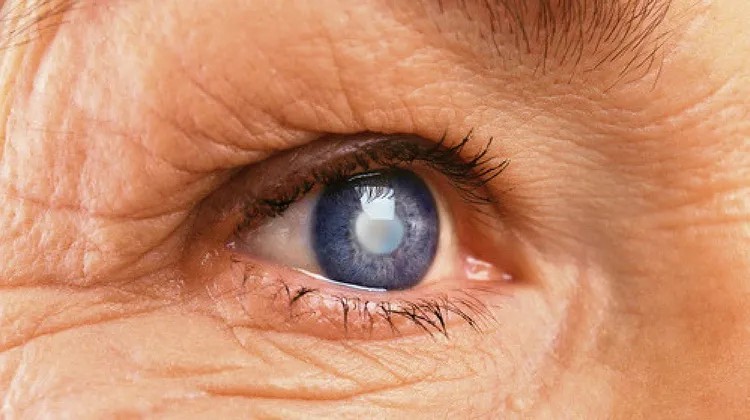Knowing Different Types of Cataract Treatments

Cataract surgery in Dubai is intended to treat cataract eye issues. Cataracts are clouding of the eye lens caused by protein clumping. As a result, your vision may deteriorate over time. They are the main cause of blindness around the globe.
Cataract symptoms include fading colors, fuzzy or double vision, halos surrounding lights, difficulty seeing in strong light, and difficulty seeing at night.
As a result, you may have difficulty driving, reading, or identifying faces. Cataract-related visual loss may also raise the risk of falling and depression.
The majority of modern cataract surgeries include replacing your lens with a transplant known as an intraocular lens (IOL). Hence, this surgery is also called lens replacement surgery. The following are some of the most popular cataract surgery procedures.
- Phacoemulsification
During phacoemulsification, a specialist will create a 2- to a 3-millimeter-long incision in the front of your eye to insert an ultrasonic probe. The probe vibrates to break up the cataract and eliminates the pieces with suction. Following that, a foldable lens is placed through the incision. This method of cataract surgery in Dubai leaves a tiny incision that does not generally require stitches to heal.
- MECS (Manual extracapsular cataract surgery)
During the MECS procedure, a surgeon makes a rather big incision, approximately 9 to 13 millimeters long, and removes your lens before inserting the replacement IOL.
Because of the wider incision, this procedure has a higher risk of problems than phacoemulsification. However, due to its low cost, it is still practiced in many regions of the world.
- MSICS (Manual small incision cataract surgery)
MSICS is a MECS method variant. It entails a smaller V-shaped cut on the outside of your eyeball and a bigger incision on the inside. The external incision is around 6.5 mm to 7 mm in length, while the interior is up to 11 mm in length.
According to a study, phacoemulsification and MSICS had identical long-term results and complication risks. Nevertheless, phacoemulsification may have superior short-term outcomes in the three months following surgery, but MSIC is less expensive.
- Intracapsular cataract surgery
Intracapsular cataract surgery in Dubai is a more traditional method that includes removing the whole lens and lens capsule from the eye via a big incision. It is seldom performed nowadays because of the significant risk of complications.
- FLACS (Femtosecond laser-assisted cataract surgery)
During FLACS, the doctor may use a laser rather than a manual incision to make an opening in your eye. Furthermore, the laser can split and soften the cataract, necessitating a lesser phacoemulsification force to remove it. This can result in faster healing.
Finally, the laser can create an arcuate incision to treat astigmatism. Astigmatism occurs when the front of the eye has an uneven shape, resulting in hazy vision. This increases the likelihood that you will be able to operate without glasses.
This method, however, is more costly than others. The question of whether the marginal advantages exceed the costs is currently being debated.
The overall cost of cataract surgery in Dubai is determined by several factors, including the anesthetic charge, private hospital expense, private operating facility service charge, and the type of operation performed.
A week before your surgery, an eye specialist will most likely do an ultrasound and gather measurements. This will assist them in determining the shape and size of your eye and determining the best course of action for your operation.
They will also inquire as to whether you are currently taking any drugs. They may offer you prescription eye drops to start taking before to surgery.
Within a few days of the procedure, most patients see an improvement in their visual function. This allows them to resume most of their normal activities, including jobs.
However, the patient must return to the doctor a few times to have the eye(s) monitored and observed for any indications of complications.



